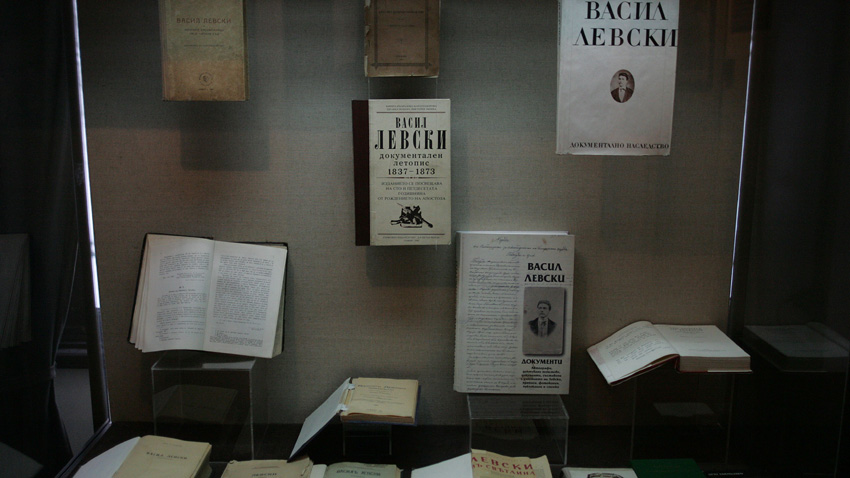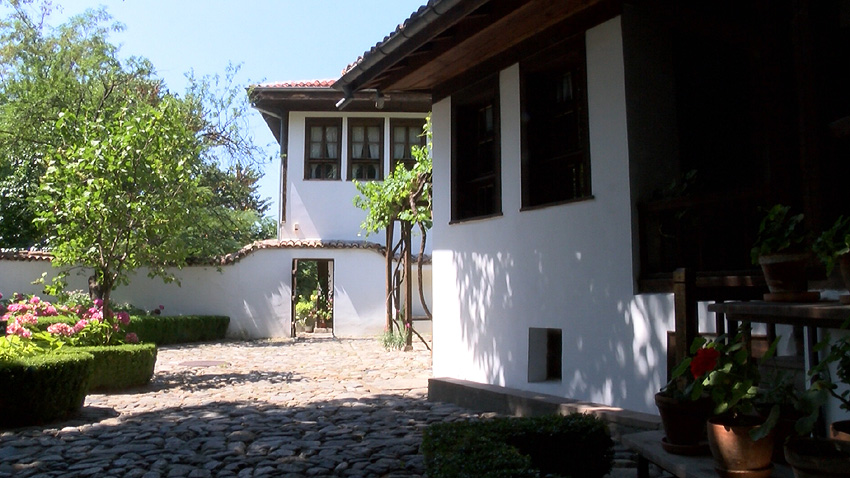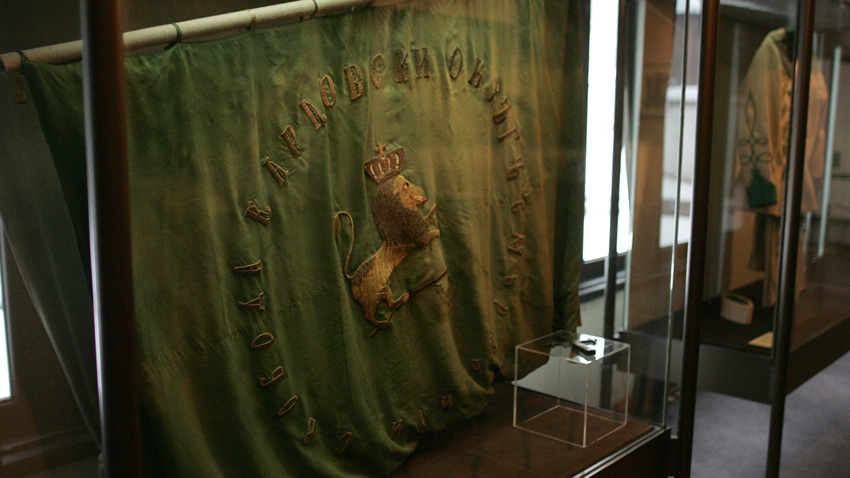The house of Vasil Levski, Bulgaria’s national hero and organizer of the anti-Ottoman movement in the 19th c. has always been one of the most visited 

The Vasil Levski Museum in Karlovo has been included in the 100 National Tourist Sites List and some 35,000 per year visit the place.
The guides’ story begins with the house’s history and the fact that it was “lifted up from ashes”, as the subject has been abused for many years, chief curator at the museum Dora Chausheva says.

“One of the versions has spread the rumor on the deliberate setting of the house on fire, but such thing never happened", Mrs. Chausheva goes on to say. "The 

The house has been a museum for nearly 80 years now and today it is the center of an entire museum complex that has preserved the memory of the Apostle, his family, relatives and revolutionary activities back in those days.
The flag of the Karlovo revolutionary committee is one of the interesting exhibits of the memorial display. This year we mark the 140th anniversary of the start of the April Uprising. Dora Chausheva gives us more details on the curious destiny of this precious relic:

“Created by several girls from Karlovo, as ordered by Levski, this flag became the prototype of the one, embroidered by Rayna Knyaginya. During a visit to Karlovo the apostles of the 4th Revolutionary District saw the flag, left behind after the Apostle’s death and they ordered the sewing of another one. On the day when the Blood Letter of Todor Kableshkov was read, the revolutionaries hurried to attach it to a stick and so the April Uprising in Panagyurishte kicked off… One of the most precious things at our museum is a lock of hair of the Apostle, preserved by his mother and later on – by his sister Yana. We should be really thankful to them, as we don’t actually know for sure where the grave of Vasil Levski is,” curator Dora Chausheva says in conclusion.
English version: Zhivko Stanchev
It was in the vicinity of one of the Devnya karst springs in the Roman province of Lower Moesia (Moesia inferior) that the Roman Emperor Trajan (98-177 AD) stopped with his army. His sister Marcia sent her maid to fetch water, but..
In 2000 archaeologist Dr. Georgi Kitov and his team discovered, in the Roshava Chuka mound in the vicinity of Alexandrovo village near Haskovo, a Thracian tomb dated to the 4 th century BC. The high artistic value of the frescoes and the..
The feet of Thracians, Greeks, Macedonians, Romans, Illyrians, Celts, and Egyptians walked along the marble slabs of the polis square. Streets branched towards temples, ateliers and shops, while the forum was the place to look for justice and to..

+359 2 9336 661
